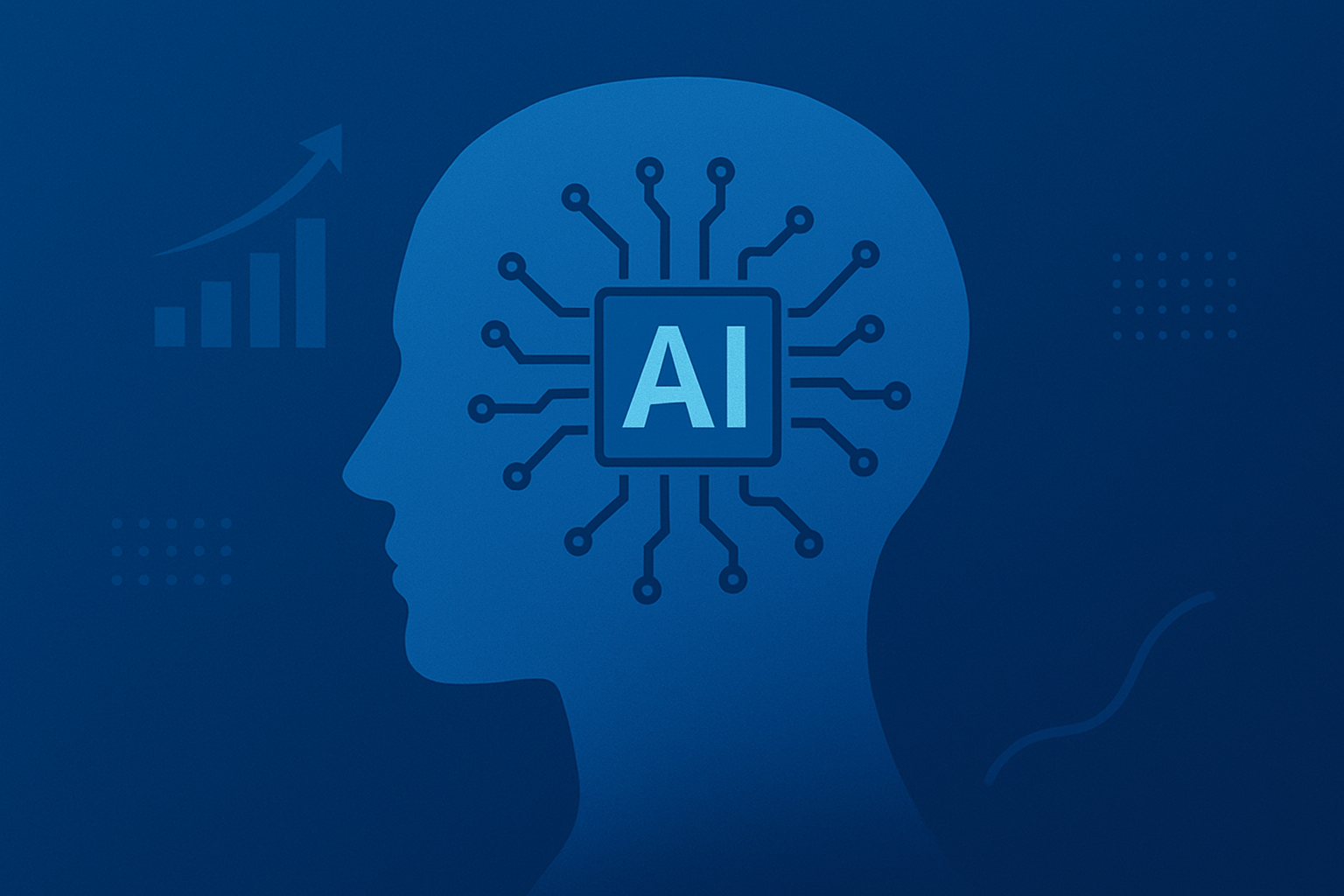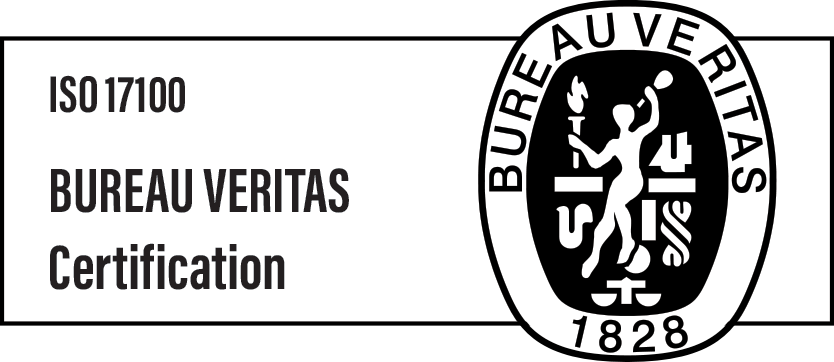Faster, smarter, cheaper: why businesses are choosing AI-enhanced solutions

Introduction
In today’s global marketplace, content needs to move faster, reach farther and resonate more deeply with diverse audiences. As businesses scale internationally, the demand for accurate, culturally adapted communication has never been higher. Yet traditional translation and localization workflows, often reliant on manual processes and fragmented tools, struggle to keep up with the speed and scale that modern global strategies require. To overcome these challenges, more language service providers (LSPs), localization teams and global brands are turning to AI-enhanced solutions.
AI is no longer just a futuristic concept in the world of language services. It’s already powering neural machine translation engines, optimizing project workflows, automating QA checks and enabling smarter content adaptation across languages. These technologies are helping businesses reduce turnaround times, streamline operations and scale localization efforts, without sacrificing linguistic or cultural accuracy.
In this article, we’ll explore why AI-enhanced solutions are rapidly gaining traction in the translation and localization industry, with a focus on three critical benefits: faster time-to-market, scalability and cost efficiency. The companies leading the charge aren’t just embracing technology – they’re redefining what’s possible in global communication.

The AI advantage: overview of capabilities in translation and localization
The AI advantage: overview of capabilities in translation and localization
In the translation and localization industry, AI-enhanced solutions are redefining how content is adapted for global audiences. These technologies include neural machine translation (NMT) engines capable of producing high-quality translations at unprecedented speed, natural language processing (NLP) tools that understand linguistic nuances, and AI-powered quality assurance systems that detect contextually inappropriate or inconsistent phrasing. Unlike traditional workflows that rely heavily on manual steps, AI-driven platforms can process vast volumes of multilingual content, learning from each project to deliver increasingly accurate and culturally attuned results.
Forward-looking LSPs are using AI to automate repetitive tasks like terminology extraction, file formatting and pre-translation. Project managers are leveraging smart systems to optimize workflows, dynamically assign linguists based on subject matter expertise and forecast project timelines with greater precision. Localization specialists benefit from AI-assisted editing tools that suggest context-aware revisions, while clients enjoy faster delivery times without sacrificing quality. From improving consistency across languages to unlocking scalable, cost-efficient multilingual content production, AI is rapidly becoming a cornerstone of modern localization strategies.

Faster time-to-market
Faster time-to-market
In the translation and localization space, speed is a strategic advantage. Whether it’s launching a product simultaneously in 10 countries or localizing marketing assets for a time-sensitive campaign, delays in content adaptation can mean missed opportunities and lost revenue. AI-enhanced solutions dramatically reduce turnaround times by automating time-consuming steps in the localization process. NMT engines can generate initial drafts in seconds, while automated file parsing, terminology management and content tagging allow linguists to focus on higher-value tasks like transcreation and cultural adaptation.
Project managers are also benefiting from AI-powered tools that predict delivery timelines, prioritize urgent content and streamline communication between teams. When integrated with translation management systems (TMS), these tools enable real-time updates, reducing lag between review cycles and increasing transparency across stakeholders. The result? Localized content is published faster and more consistently, supporting tighter product launch schedules and improving customer experiences in every market.

Scalability: localizing more without compromising quality
Scalability: localizing more without compromising quality
As businesses expand into new markets and channels, the volume, variety and velocity of content needing localization have grown exponentially. From mobile apps and websites to e-learning modules and real-time customer support, companies now require multilingual content across dozens of touchpoints, often simultaneously. Traditional localization workflows, reliant on linear processes and manual coordination, simply can’t scale to meet this demand without adding significant overhead.
AI-enhanced solutions solve this scalability challenge by orchestrating complex workflows automatically and enabling seamless collaboration between humans and machines. AI can pre-process and segment content, assign it to the most qualified linguists using smart routing algorithms and adapt to specific brand tones and terminology using trained language models. When paired with cloud-based translation management systems, businesses can localize thousands of assets in paralel – across multiple markets – without the typical bottlenecks.
Scalability also means sustainability: businesses no longer have to choose between quality and volume. With AI handling the heavy lifting and human linguists ensuring contextual and cultural accuracy, localization becomes a high-throughput, high-quality operation. This empowers companies to enter new markets faster, support more languages and keep up with the continuous content flow demanded by today’s digital-first strategies.

Cost efficiency: doing more with less
Cost efficiency: doing more with less
In an industry where margins are often tight and client expectations continuously rising, cost efficiency is critical. AI-enhanced localization solutions help reduce expenses across every stage of the workflow – without compromising quality. By automating repetitive and time-consuming tasks such as pre-processing, formatting and initial translation drafts, companies can significantly lower labor costs and reduce dependency on manual intervention. NMT, when properly trained and post-edited, can cut project costs by up to 40–60% compared to traditional translation methods.
Additionally, AI-powered quality assurance tools catch linguistic errors, terminology inconsistencies and formatting issues automatically, minimizing costly rework and speeding up review cycles. Resource allocation becomes more intelligent, too – AI can forecast workload distribution, optimize translator utilization and eliminate redundancies across multilingual projects. This not only results in leaner operations but also enables providers to offer more competitive pricing without sacrificing service levels.
Moreover, by delivering faster and at scale, businesses gain financial advantages beyond the localization department. Accelerated market entry means faster revenue realization, and consistent multilingual content enhances brand perception, driving customer trust and loyalty globally. In short, AI doesn’t just reduce costs – it creates new avenues for growth and long-term value.

Overcoming adoption barriers
Overcoming adoption barriers
Despite the clear benefits of AI-enhanced solutions, many translation and localization professionals still approach adoption with caution – and for good reason. Concerns around translation quality, data security, workflow disruption and loss of human touch are valid and must be addressed thoughtfully. Fortunately, the technology surrounding AI in localization have matured rapidly, making implementation more accessible, customizable and secure.
One common barrier is the fear that AI-produced translations will lack nuance or cultural sensitivity. While this was once a valid concern, today’s custom-trained NMT engines, combined with human-in-the-loop review, deliver outputs that are not only fluent but increasingly context-aware. Post-editing workflows ensure that linguistic precision and brand voice are maintained, while AI handles volume and speed.
Another challenge lies in integrating AI tools with existing localization systems. However, most modern AI solutions now offer plug-and-play integrations with popular TMS, CMS and CAT tools. This allows teams to layer AI on top of existing processes, rather than overhaul them entirely. Additionally, concerns about data confidentiality are being mitigated through enterprise-grade security protocols, private model training and the ability to restrict sensitive data from entering third-party engines.
Finally, the skills gap – the fear that teams aren’t equipped to manage or evaluate AI systems – is being addressed through vendor training, intuitive user interfaces and AI-as-a-Service models. These lower the barrier to entry and empower project managers, linguists and localization leads to confidently incorporate AI into their daily workflows.
By confronting these barriers with the right mix of strategy, tools and training, businesses can unlock the full potential of AI-enhanced localization, balancing innovation with trust and control.

The strategic imperative
The strategic imperative
In today’s digital-first economy, localization is no longer a backend process – it’s a strategic growth enabler. As brands compete globally, their ability to communicate clearly, consistently and quickly in multiple languages is directly tied to their success. AI-enhanced solutions are no longer just operational tools, they are becoming essential drivers of international expansion, customer engagement and market agility.
Forward-thinking language service providers and global enterprises are embedding AI not just to cut costs or increase speed, but to reimagine how they deliver multilingual experiences. By integrating AI deeply into their localization strategy, they can move from reactive content adaptation to proactive content orchestration – anticipating market needs, automating scaling efforts and delivering culturally resonant experiences at unprecedented speed.
Organizations that fail to adapt risk being outpaced – not just by technology, but by competitors who are leveraging it to meet customers where they are, in the language they prefer, faster than ever before. In the AI-powered future of localization, strategic adoption is not optional, it’s a competitive necessity.

